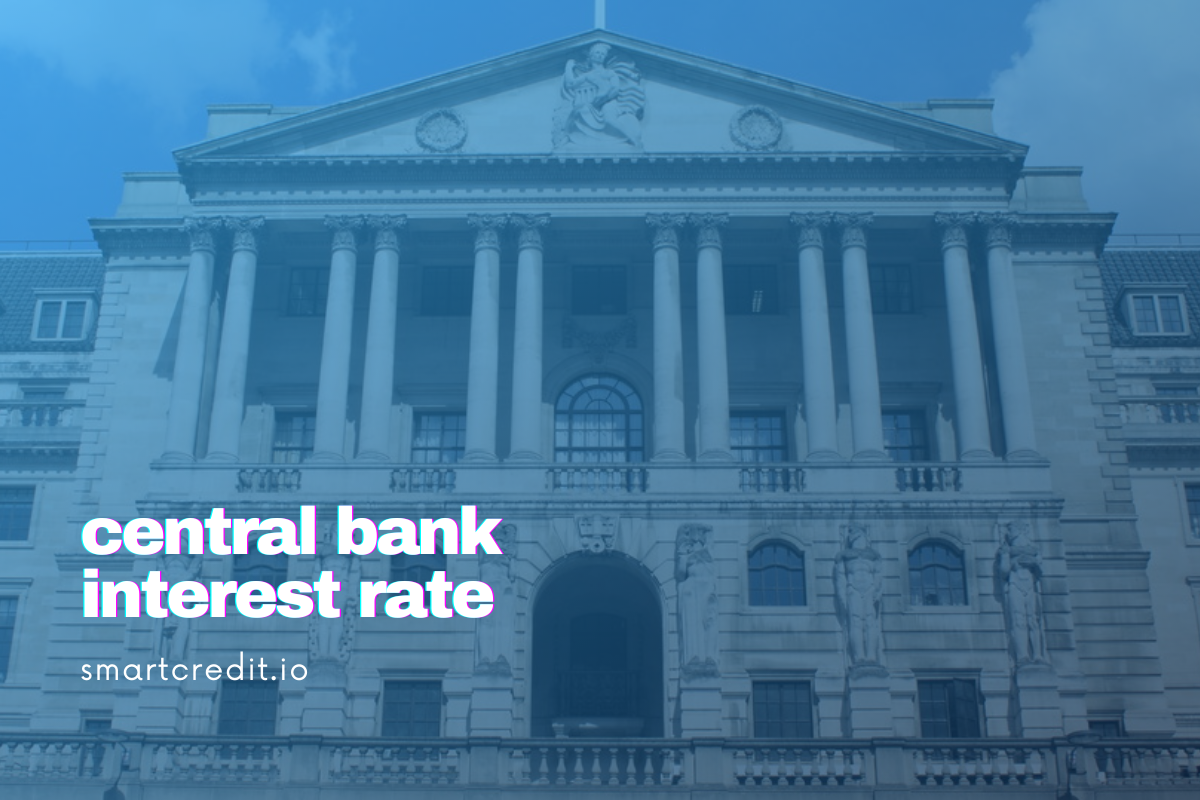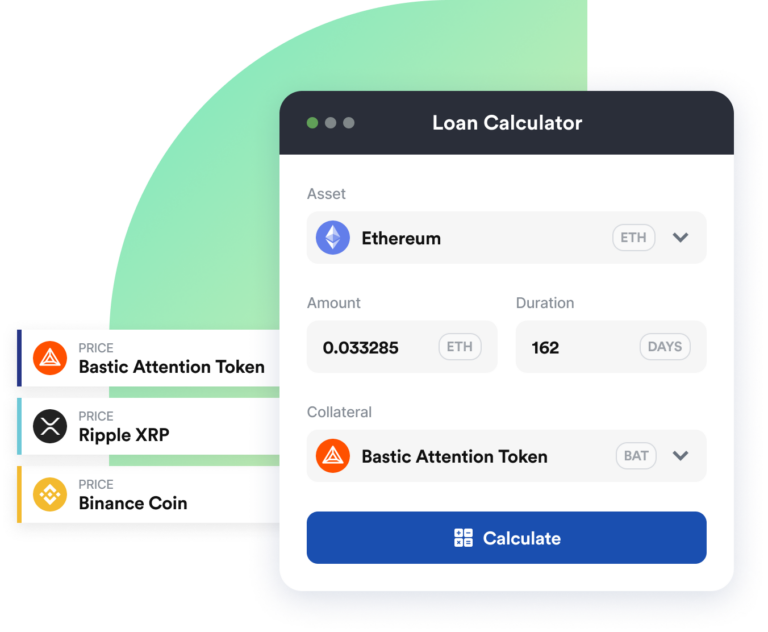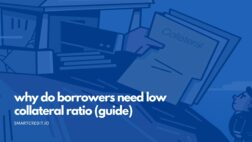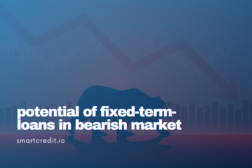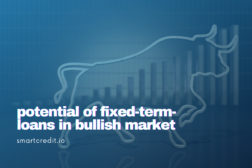In this blog article we look at the following questions:
- How does a monetary system work?
- Why are interest rates so low now?
- How do interest rates affect the economy?
- Why are banks preferring lending to the big corporations?
- What could be an easy solution?
How does a monetary system work?
Every monetary system since the last 5’000 years has the base-money (gold, sovereign issued money, and now central banking issued base-money). On top of this, we do have the credit-money, which is temporary – it’s created and destroyed via the lending process. Every time a new loan is issued – new credit-money is created. and the total amount of money in the economy will grow. And every time the loan is paid back – the credit-money will be destroyed and the total amount of the credit-money will decline.
Central banking era started 100 years ago – let’s use here the Federal Reserve Act from 1913 as a baseline. This was during the pre-Christmas season when half of the senators were already in the Christmas holidays. Central bank’s initial role was the “lender of the last resort”, but soon it changed into the management of the total amount of the money in the economy. This is done by direct managing the base-money in the economy (the central banking money) and indirect management of the credit-money (bank credit) in the economy.
Central bankers have the idea fix, that the total amount of money has to grow by the following formula:
Growth rate total money = Productivity growth + GDP growth
Please note – by this formula the growth rate of the total money is faster than the growth rate of the economy.
Why do we have inflation?
It’s because this above formula causes inflation – the amount of total money (base-money plus bank credit) is growing faster than the economy. This results in relatively more money for real assets and real goods in the economy, which means the prices will grow, which is inflation.
If the total amount of money would grow simultaneously with the GDP, then we would not have inflation:
Growth rate total money = GDP growth
How do interest rates affect the economy?
Low-interest rates stimulate economic activity, but high-interest rates delay economic activity.
In the ideal situation, everyone would have access to the bank credit and could focus on their enterprises. The enterprises with higher relative profitability would receive the bank credit and the enterprises with lower relative profitability would receive less bank credit. The projects with higher risk would have to pay higher interest and vice versa.
That’s how the free markets would work. But the problem is that we do not have free markets in banking, but banks have their agendas, which are not aligned with the general economy.
Why are interest rates so low now?
Central bank’s idea fix is stable, moderated development of the economy (by trying to achieve this goal they will distort the economy themselves). If the economy turns down, then the central bankers keep reducing the interest rates. They assume that lower central interest rates will result in the stimulation of the bank credit, which would stimulate economic activity, which would recover the economy.
That’s central banking standard operating procedure and this was done excessively as a reaction to the:
- Internet bubble from in the year 2000 was to create more base-money and to lower interest rates
- 2008 financial crisis was to create more base-money (QE1, QE2, QE3, and QE4)and to lower interest rates
- The coronavirus market crisis is to create even more base-money. The interest rates cannot be lowered much anymore, because they are low already
The logical step is that central banks should increase the interest rates to 4% to 6% level after the economic downturns, but this was not done after the 2008 financial crisis. The interest rates remained low and Quantitative Easing (QE) continued because the economy could not handle the higher interest rates. This resulted in massive bad investments – the low-interest rate bank credit was directed into the non-productive sectors.
The army of zombie companies emerged. The increasing interest rate would have caused the recession, which is against the idea fix of central banking, and so the central banks kept the interest rates low.
Why are banks preferring lending to the big corporations?
Commercial banks are part of the game – they receive the freshly created base-money from the central banks, which they are supposed to push via the bank credit into the economy.
However, the commercial bank’s motives are very basic – that’s the profit and nothing else. The commercial banks will issue more bank credit (create new credit-money), but this bank credit is not distributed by the economic importance of the projects. It’s distributed based on the profit generation possibilities for the commercial banks, but not where the free market would distribute the bank credit based on the return/risk parameters.
Commercial banks prefer lending to corporations because of the capital adequacy ratio. The Basel III regulations are defining the minimum capital adequacy ratio, which the banks have to follow – it’s 8%. Capital adequacy ratio is defined as:
Capital adequacy ratio = (Tier 1 Capital + Tier 2 Capital)/ RWA
Please note – we are dividing the bank’s capital here with the RWA (Risk-Weighted Assets) and not with the Balance sheet of the bank.
RWA is defined as taking the bank’s balance sheet exposures and multiplying these exposures with the risk. For example, the weights for the sovereign bonds are the following:
| Credit Assessment | Risk Weight |
|---|---|
| AAA to AA- | 0% |
| A+ to A- | 20% |
| BBB+ to BBB- | 50% |
| BB+ to B- | 100% |
| Below B- | 150% |
| Unrated | 100% |
Here is another example – there the are the Risk Weights for the corporates:
| Credit Assessment | Risk Weight |
|---|---|
| AAA to AA- | 20% |
| A+ to A- | 50% |
| BBB+ to BB- | 100% |
| Below BB | 150% |
| Unrated | 100% |
The idea of RWA was to allow the banks to issue more bank credit if the banks lend to good credit ratings and vice versa. The idea was as well, that the high rating credit behaves better in the downturns than the bad rating credit. This would result in better preparation of the banks for the upcoming downturns.
Let’s recap the key findings:
- Bank credit is limited by the capital adequacy ratio of the banks
- Capital adequacy ratio depends on the RWA and not on the total balance sheet
- RWA’s for the good ratings are less than for the bad ratings
The key here is the risk rating. But what’s if the risk ratings are missing?
- Several rating agencies are issuing ratings for the bigger corporates (Moodys, S&P, etc)
- But there is no rating agency for the SME’s
- Banks would have to develop their rating models for the SME’s, this requires time and money
- If banks lend to the SME’s without the risk rating, then they have to use the risk weight of 100%
As a result, the RWA leads to the lending distortions – big corporations with available risk ratings are preferred, small-medium enterprises without the credit ratings are not preferred. If a bank has 100 units core capital, then this bank could lend:
- Either 5 x 100 to the corporates with rating AA
- Or 100 to the SME without the rating
Banks can increase their profitability thanks to the usage of RWA – it’s because they can have higher leverage and they can issue more loans. However, the real economy will get collateral damage – parts of the economy will have less access to the bank credit and the enterprises with the credit ratings have more access.
This results in the small-medium enterprises will have high-interest rates – for compensating the loan issuing banks for using their “RWA budget” for the small-medium enterprises. The result is as well, that banks are giving a lot of bank credit, but they do this for the preferred sectors – for the big corporations.
What could be an easy solution?
The easy solution would be to stop using RWA and to use the core capital ratio instead:
Core capital ratio = (Tier 1 Capital + Tier 2 Capital) / Balance sheet
This solution would mean:
- The leverage ratios of the banks will decline, meaning the profitability of the banks will decline
- The total risk to the economy from the banks will decline because banks can lend less than before
- The banks would issue bank credit where the return/risk profile is the best – this will increase the SME’s access to the bank credit
This solution would mean banks would become part of the free market economy again and would serve all-economy instead of serving the interest of the corporations.
Summary
In this blog article we answered two questions:
- Why are the interest rates so low? Low-interest rates are central banking policies to respond to recessions. However, the central bank’s overdid this by keeping the interest rates too long down and by doing too much Quantitative Easing. If central banks would increase interest rates, then this would result in a recession
- Why are the interest rates so high for the SME’s? This is because the SME’s do not have credit ratings and banks would use high “Risk-Weighted Assets Budget” penalties when lending to the SME’s without the credit ratings. Therefore the banks charge higher interest to the SME’s for compensating the loss in the “RWA budget“
For additional information have a look at the related articles from the SmartCredit.io blog:
Coronavirus economic crisis versus the 2008 financial crisis – What’s the difference?
Coronavirus crisis and Bitcoin Price – What’s next?
What drives the fiat interest rate and how much should it be?
What drives the crypto interest rate and how much should it be?
Why do we have inequality?
Blockchain-based financial system – Are we ready?
